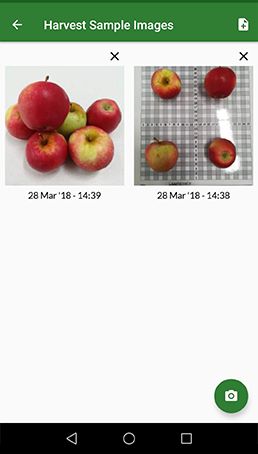
Endoscopic ultrasound can help detect choledocholithiasis and gallstone pancreatitis. Endoscopic ultrasound: A tiny ultrasound probe on the end of a flexible tube is inserted through the mouth to the intestines.MRCP images help guide further tests and treatments. Magnetic resonance cholangiopancreatography (MRCP): An MRI scanner provides high-resolution images of the bile ducts, pancreas, and gallbladder.Tiny surgical tools can be used to treat some gallstone conditions during ERCP. Endoscopic retrograde cholangiopancreatography (ERCP): Using a flexible tube inserted through the mouth, through the stomach, and into the small intestine, a doctor can see through the tube and inject dye into the bile system ducts.Cholecystitis is likely if the scan shows bile doesn’t make it from the liver into the gallbladder. HIDA scan (cholescintigraphy): In this nuclear medicine test, radioactive dye is injected intravenously and is secreted into the bile.Ultrasound is an excellent test for gallstones and to check the gallbladder wall.
#Pear note record call skin#

Common and usually harmless, gallstones can sometimes cause pain, nausea, or inflammation.
#Pear note record call full#
Before a meal, the gallbladder may be full of bile and about the size of a small pear. After meals, the gallbladder is empty and flat, like a deflated balloon.


The gallbladder stores bile produced by the liver. The gallbladder is a small pouch that sits just under the liver.


 0 kommentar(er)
0 kommentar(er)
